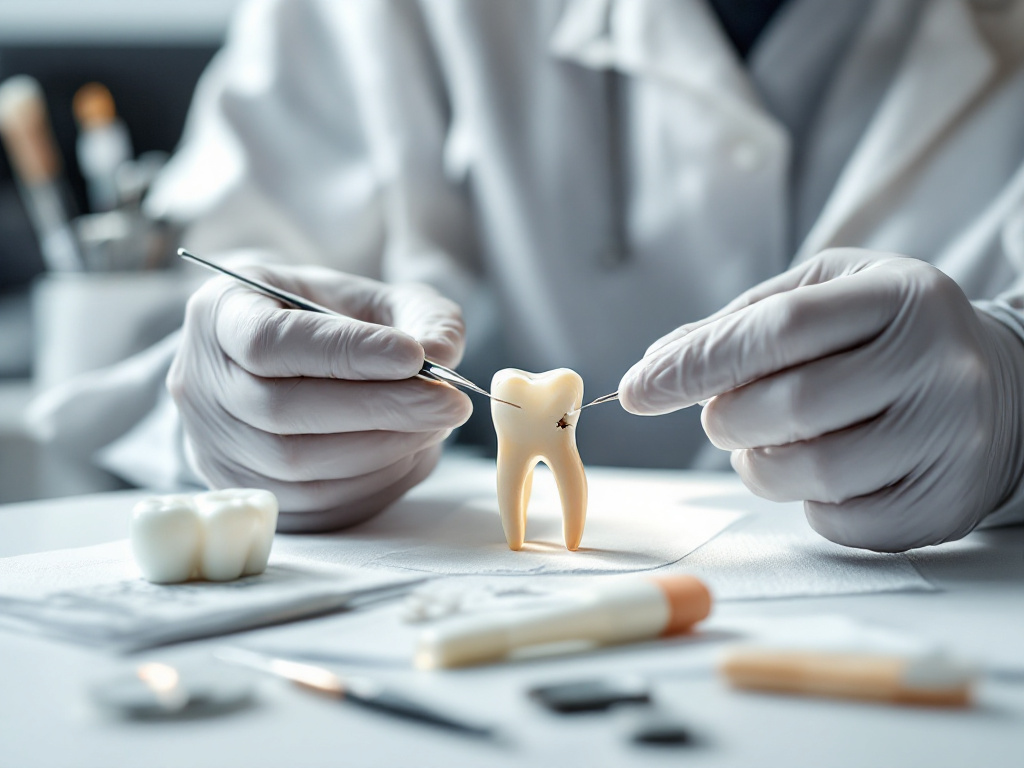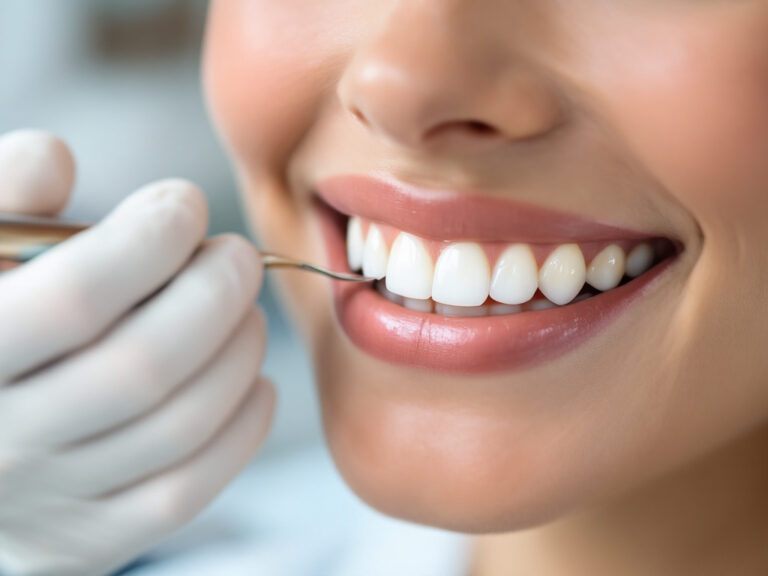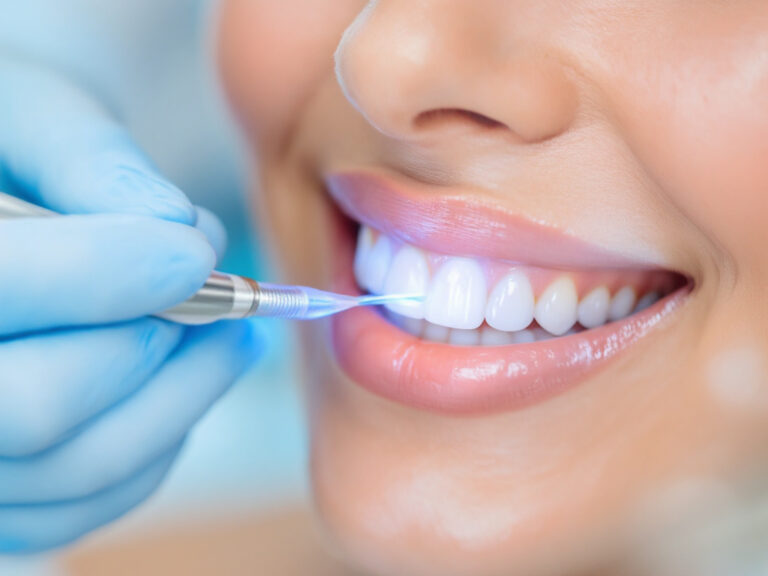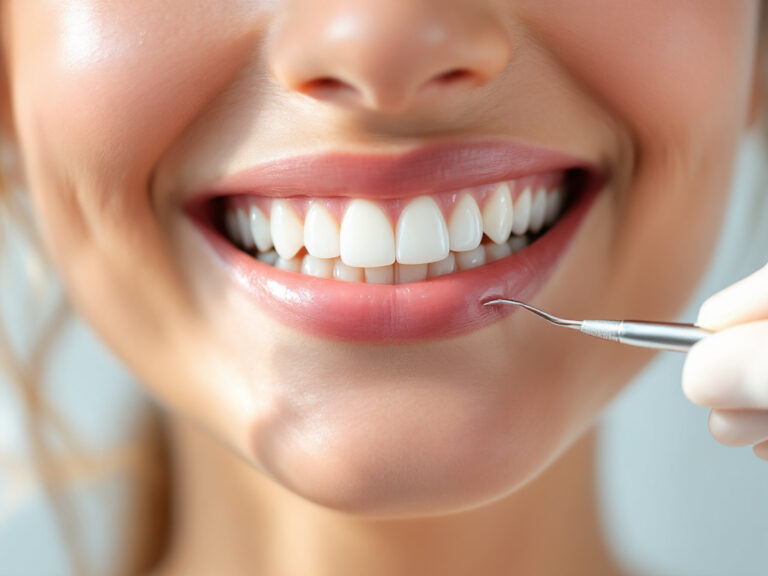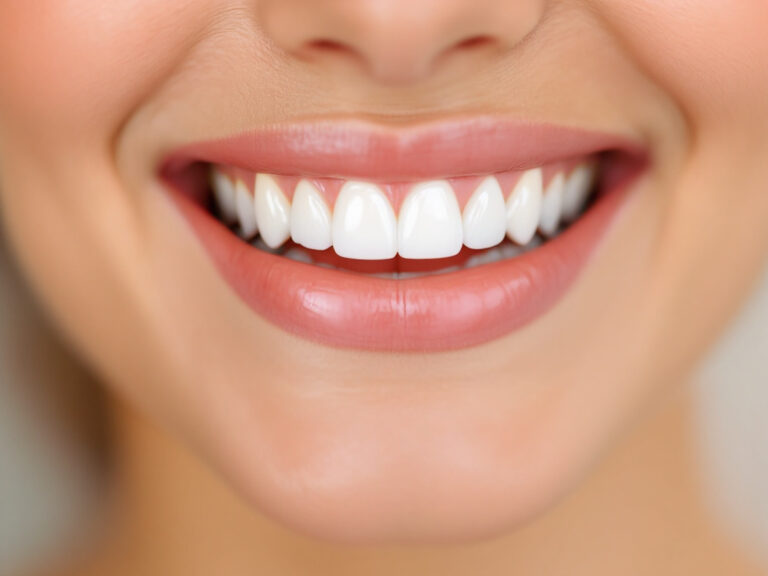When you need a cracked tooth repair service, understanding your options and the benefits of modern restorative techniques can help you get back to eating comfortably and protect your long-term oral function. Whether you’re dealing with a minor craze line or a fracture that extends into the pulp, prompt professional care prevents complications like abscesses, infection, and eventual tooth loss [1].
This guide walks you through what causes cracked teeth, how to recognize symptoms, and the full range of treatment pathways—from bonding and crowns to root canals and implants. You’ll also learn about advanced same-day crown technology, realistic timelines, cost considerations, prevention strategies, aftercare, and how to schedule your consultation.
Understand cracked tooth
A cracked tooth occurs when one or more fractures develop in the enamel and dentin. Cracks range from superficial craze lines affecting only the outer enamel to vertical root fractures that extend below the gum line [2]. Common crack types include:
- Craze lines: Tiny surface cracks, mainly cosmetic.
- Fractured cusps: Chips around dental fillings.
- Cracked tooth: Vertical cracks from chewing surface toward the root.
- Split tooth: Full separation into segments.
- Vertical root fracture: Deep cracks that threaten pulp health.
Teeth don’t heal on their own because enamel lacks blood vessels, so you must seek professional repair. Cracks most often appear in upper front teeth and lower molars, where biting forces are greatest [1].
Recognize crack symptoms
You may not always see a crack, but key warning signs include:
- Pain when biting or chewing
- Sensitivity to hot, cold or sweet foods
- Sporadic sharp pain that comes and goes
- Swelling or redness near the affected tooth
- Feeling of the tooth “giving way” under pressure
- A visible line or chip on the tooth surface
If left untreated, bacteria can infiltrate the crack, leading to a tooth abscess that may spread to your jawbone, facial muscles, and soft tissues [3]. Early diagnosis and treatment minimize discomfort and prevent more invasive procedures later.
Explore repair options
Your dentist will recommend a treatment based on crack depth, location, and symptoms. Common repair services include:
Bonding and fillings
For minor chips and craze lines, dental bonding or fillings can restore shape and function in one visit. Composite resin is applied, sculpted, and cured to match your enamel. Bonding typically takes 30–60 minutes per tooth [4]. Cost ranges from $100 to $400 per tooth, making it an affordable first line of defense [5]. You can learn more about this approach in our article on composite dental fillings.
Dental crowns
When a crack extends deeper into the dentin or pulp, a crown provides full coverage and strength. Your dentist will prepare the tooth, take impressions, and place a temporary crown while a lab fabricates a custom cap. Traditional crowns take two to three weeks, but same-day crown technology can complete the process in a single appointment. Explore crown procedures in our dental crown placement and porcelain crown restoration pages.
Root canal therapy
If the crack reaches the pulp, you may need root canal therapy services to remove infected tissue, disinfect the canal, and seal it before placing a crown. This treatment prevents pain, stops infection, and preserves the tooth. Root canal therapy can take one to two weeks from start to finish [4]. For a gentler experience, ask about our gentle root canal treatment.
Tooth extraction and replacement
In severe cases where the crack compromises the root, extraction may be necessary. You can then discuss replacement options such as a dental implant or bridge. A titanium implant fuses with the jawbone over four to six months, then supports a crown, while a bridge spans the gap using adjacent teeth [4]. Start with a dental implant consultation or explore dental bridge replacement solutions.
Assess advanced technologies
Modern dentistry leverages digital tools to improve precision, comfort, and turnaround time.
Same-day crown solutions
Chairside CAD/CAM mills and 3D printing let your dentist design, mill, and place a custom crown within a single appointment. Same-day crowns eliminate the need for temporary restorations and a second visit, so you regain full function immediately.
Digital imaging and CAD/CAM
Intraoral scanners capture high-resolution 3D images of your mouth, enhancing the fit of crowns, inlays, onlays, and bridges. This digital workflow reduces remakes, shortens treatment time, and improves long-term outcomes. For inlay and onlay options, see our porcelain inlay and onlay treatment.
Consider same-day crowns
Choosing same-day crowns offers clear advantages:
- Single-visit convenience
- No temporary crown hassles
- Precise digital fit
- Durable ceramic materials
- Immediate return to eating and speaking
If you have a busy schedule or want to avoid multiple appointments, ask whether your practice provides in-office milling and digital design for same-day restorations.
Plan treatment timeline
Your timeline depends on the selected service and crack severity:
| Treatment | Timeline |
|---|---|
| Bonding or filling | 30–60 minutes (single visit) |
| Traditional crown | 2–3 weeks (with 2 visits) |
| Same-day crown | 1 appointment |
| Root canal + crown | 1–2 weeks |
| Extraction + implant | 4–6 months (including healing) |
| Bridge fabrication | 2–4 weeks |
Minor cracks can often be addressed immediately, while deeper fractures may require staged procedures. Your dentist will outline the exact schedule during consultation.
Evaluate long-term benefits
Investing in a high-quality cracked tooth repair service yields lasting results:
- Restored chewing efficiency and comfort
- Protection against further fracture and decay
- Preservation of adjacent teeth and jawbone
- Enhanced smile aesthetics
- Reduced risk of painful infection and abscess
- Improved overall oral health
Choosing durable materials and precise techniques means your restoration can last for years with proper care. For strategies on preserving natural structure, explore tooth structure preservation.
Calculate treatment costs
Understanding your financial options helps you plan:
- Dental bonding: $100–$400 per tooth [6]
- Crown (traditional): $800–$2,000 per tooth, depending on material [7]
- Root canal: $470–$1,500 per tooth [7]
- Implant placement: $1,500–$3,000+, plus crown costs
- Bridge: $1,200–$3,000 for a three-unit bridge
Your dental insurance may cover medically necessary procedures; use an HSA or FSA for out-of-pocket expenses. Learn more about coverage in our insurance covered dental restoration and affordable restorative dentistry resources.
Prevent future damage
You can reduce the risk of new cracks by:
- Avoiding hard foods like ice, popcorn kernels, and unpopped seeds
- Wearing a custom night guard if you grind your teeth
- Using a sports mouth guard during physical activities
- Addressing misaligned bite patterns with bite correction dental treatment
- Maintaining excellent oral hygiene and regular check-ups
Early diagnosis of weakened enamel or fillings can stop cracks before they start.
Plan aftercare maintenance
After repair, follow these guidelines to protect your investment:
- Brush twice daily with a soft-bristled brush
- Floss daily to remove plaque at the gum line
- Use fluoride toothpaste to strengthen enamel
- Avoid chewy or sticky candies that stress restorations
- Attend biannual dental exams and cleanings
- Report any new sensitivity or discomfort promptly
Adhering to these habits maximizes the lifespan of your restoration and safeguards your natural teeth.
Book repair consultation
Your next step is to schedule a visit with a qualified restorative dentist. During your appointment you will:
- Review your dental history and any existing X-rays
- Undergo a clinical exam and, if needed, digital scans
- Discuss treatment recommendations based on crack severity
- Learn about advanced same-day crown technology and full-mouth restoration options, including our full mouth restoration program
- Review cost estimates, insurance coverage, and financing plans
By choosing a practice that emphasizes precision, quality materials, and modern technology, you get durable results and a comfortable experience. Reach out today to restore your smile, protect your oral health, and get back to eating with confidence.

